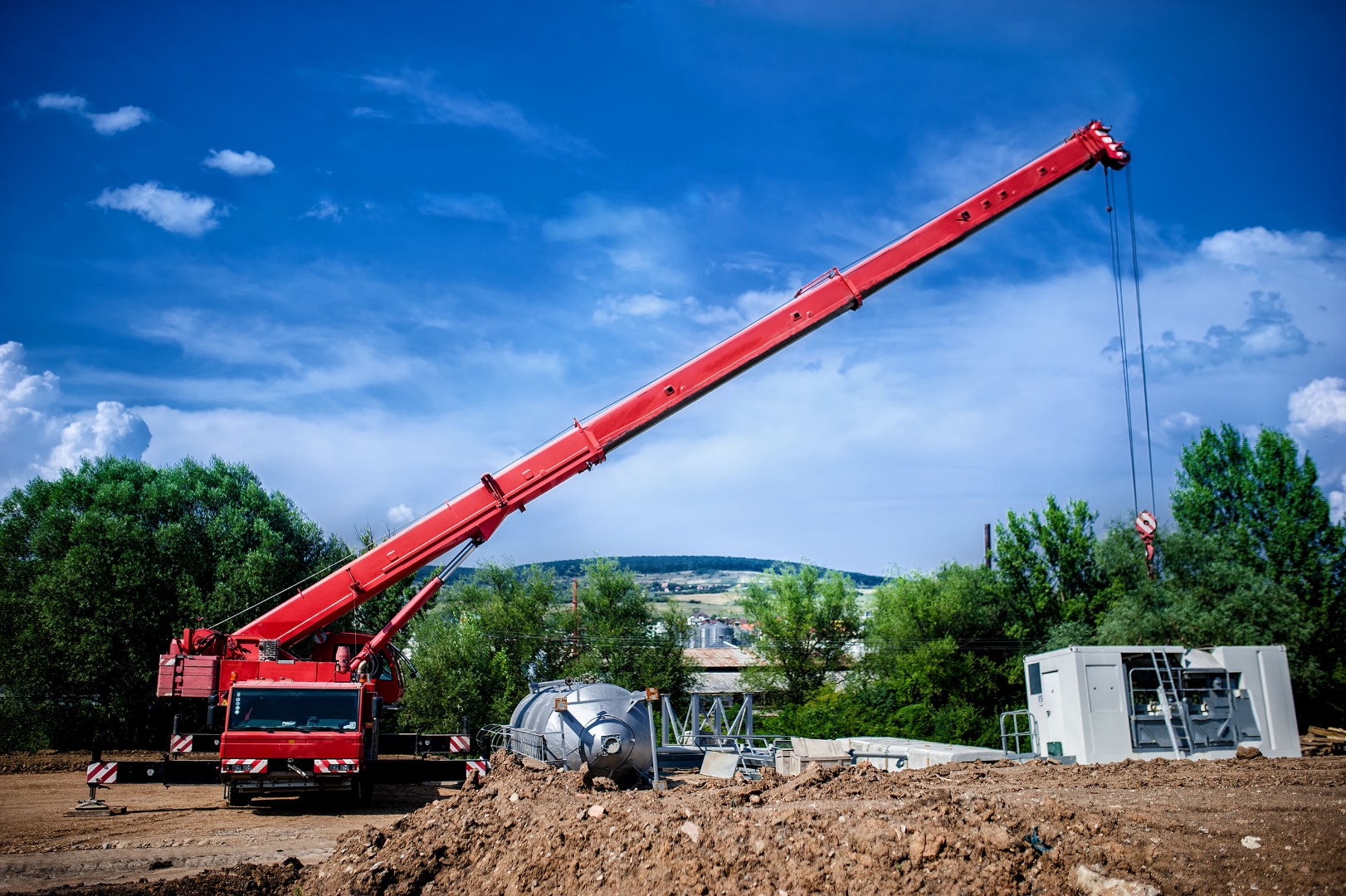


“critical lift” means
(a) a lift by a mobile crane if the load exceeds 90% of its rated capacity while it is lifting the load at a load radius of more than 50% of its maximum permitted load radius, taking into account its position and configuration during the lift,
(b) a tandem lift by two hoisting apparatuses that are powered if the load of one of them exceeds 75% of its rated capacity,
(c) a lift by a hoisting apparatus that is powered, supported on a floating base, if the load exceeds 90% of its rated capacity,
(d) a lift by more than two hoisting apparatuses that are powered,
(e) a lift of a person in a personnel carrying device suspended from a mobile crane or a hoisting apparatus that is powered,
(f) a lift of a submerged load by a mobile crane or a hoisting apparatus that is powered, or
(g) a lift by a mobile crane or a hoisting apparatus that is powered
(i) in which the centre of gravity of the load changes during the lift,
(ii) in which the length of one or more sling legs changes during a lift, or
(iii) that goes over or between energized high voltage electrical conductors;
212.1(1) For every critical lift, an employer and a contractor shall each ensure that a code of practice is established that contains the following information:
(a) rigging details;
(b) wind speed limitations;
(c) maximum hoist line speed;
(d) maximum crane travel speed, if applicable;
(e) details concerning load distribution;
(f) the need for and position of signallers if applicable; and
(g) a description of an effective communications system that employees involved in the critical lift shall use.
212.1(2) Before commencing a critical lift, an employer or a contractor shall inform the employees involved in the critical lift of the content of the code of practice and the supervisor shall document the communication of the information.
212.1(3) The requirements of subsection (2) apply whenever there is a change in the employees involved in the critical lift.
212.1(4) Whenever there is a change in the equipment involved in a critical lift, an employer and a contractor shall each ensure that a new code of practice is established for the equipment that contains the information set out in subsection (1).
212.1(5) An employer shall ensure that a copy of the code of practice is readily available to employees involved in the critical lift.
212.1(6) An employee shall comply with the code of practice and an employer shall ensure that employees comply with the code of practice.